Bridges and Baths of Budapest
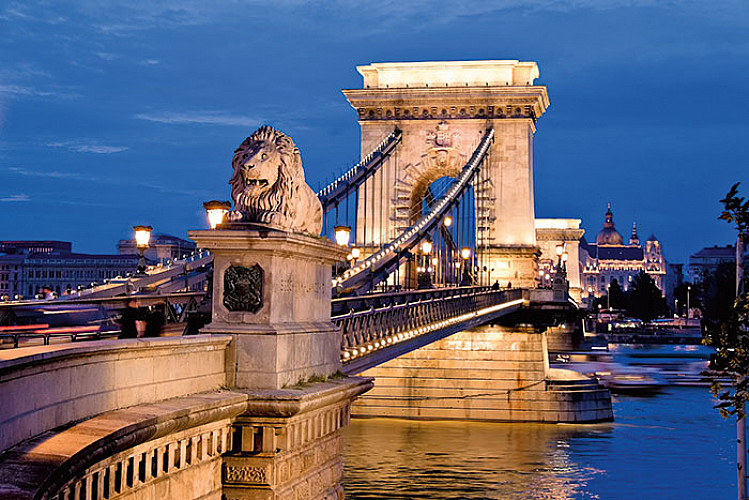
The five days I spent accessing every nook and cranny of Budapest’s rich heritage made me a lifelong loyalist of the city; largely due to the fact that the Hungarian capital is ridiculously easy to navigate, making one feel like a true-born local within the first 48 hours. It’s exceedingly tough to select favourites from the numerous spots that touched a cultural chord, but, as I write this, I see myself getting lyrical about St. Stephen’s Basilica, the ‘ruin’ pubs and Matthias Church, which leads to the Fisherman’s Bastion.
The first stands as the master of all-important churches in Hungary but it was the calm and inviting vibe it emanates that drew me so powerfully to its quarters. Standing tall on one end of a cheery square, St. Stephen’s Basilica is surrounded by hustle and bustle — eating, drinking and merrymaking carries on uninterrupted in the connected alleyways. The basilica itself hosts many a lively evening with Sunday summer choirs and organ concerts.
Ruin pubs are a speciality of the city — the energy and eccentric décor of these bars create a cultural identity of their own. Szimpla Kert in the Jewish district has made it to a best-bars-of-the-world list, and with good reason. Ginormous cocktails that exemplify all the flavours of refined mixology ensure a hedonistic ambience that builds up early evening onwards, while the peculiar design aesthetic that includes age-old television sets, mismatched lanterns, exposed wirings and mossy vines, all housed within a derelict building, simply add to the singular charm of the place.
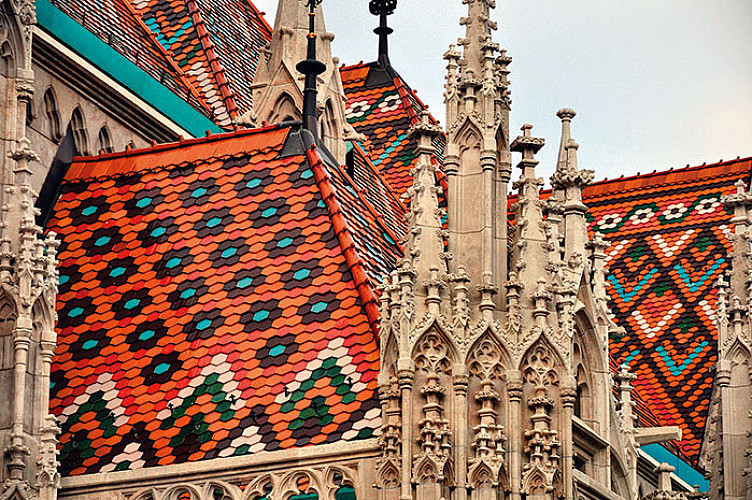
With its distinct diamond pattern of roof tiles, the Matthias Church exudes a distinctive allure even from a distance. Home to bygone coronations and royal weddings, the glowing golden interiors, highlighted with dramatic stained glass, offer a sense of warmth and cosiness that defies the modicum of cold formality that I associate with most churches. It would be foolhardy to ignore the beckoning of the Fisherman’s Bastion that’s a few steps away. An ancient structure of turreted towers that looks out onto the serene river Danube, adorned with bridges (the must-see being the wrought-iron Chain Bridge), it is a most spectacular viewing gallery. Don’t miss a sighting of the lit-up Parliament House from this vantage point at night; it’s a fairy tale come to life. Nothing could possibly be better than managing to bag a seat at the much-lauded cafe here to sample a gourmet three-course meal.
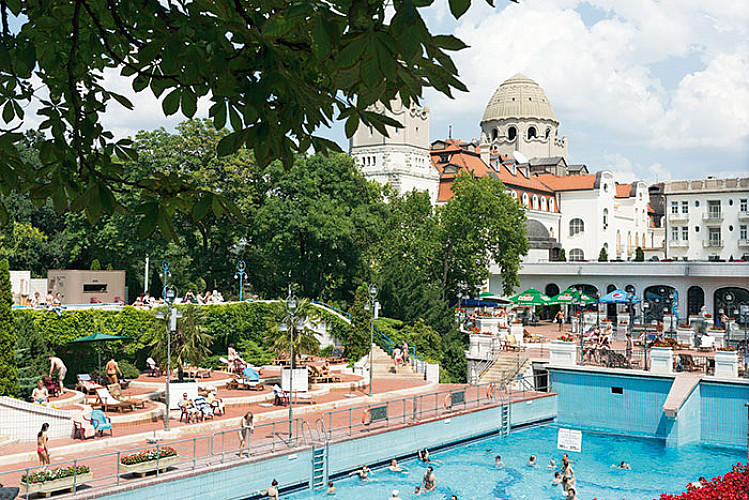
The Buda Castle and the delightful funicular (an ascending tram that has been linking the cities of Buda and Pest since 1870) are both ancient testaments to a city that has prided itself on flamboyance as well as function. The galleries of the castle display regal heirlooms and tell tales of a royal era rich in art; the capital is nothing if not gentle on the senses. For enhanced serenity, a visit to one of Budapest’s famed baths is a must. The Gellért Thermal Bath gets my vote for its appealing art nouveau style. The feeling of sinking into a steaming pool of hot mineral springs, and looking up and around to additionally soak in the eclectic assortments of motifs that shape the bath’s interiors, is indescribable.
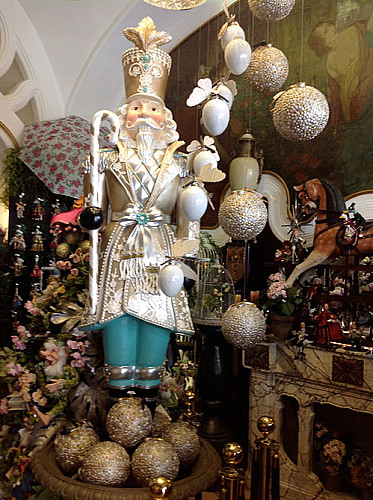
History and inimitable aesthetic are cornerstones of Budapest’s charisma and nothing drives this philosophy home more than the antique stores liberally spread across the city. Falk Miksa is the go-to street for a quick decoding of the city’s opulent past — from vintage cutlery to delicate tapestries, this lane is an auctioneer’s wonderland. I was bowled over, though, by a little store called Philanthia on Váci Utca, a flower shop that’s also laden with a bevy of enchanting Christmas ornaments.
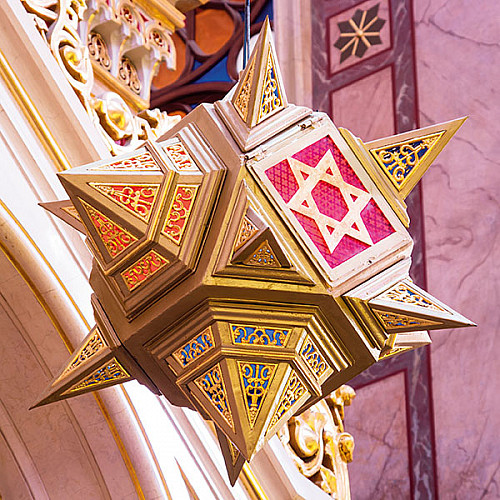
The ethos reveals its versatile form in so many modes. From the labyrinth of connecting restaurants that make up the cosmopolitan air of the Gozsdu Courtyard to the variety of museums and museum-inspired stores, and from the lasting legacy of polished Jewish influence, the signature style of which is written all across the impressive Dohány Street Synagogue, to the boggling scale of the sculptural Heroes’ Square — Budapest serves up a concoction of culture in spades.
Related posts from Verve:
Verve Trending
Sorry. No data so far.
us on Facebook to stay updated with the latest trends





